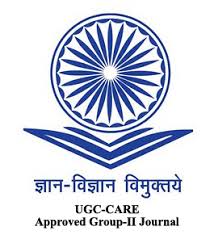Synthesis, Characterization, Computational Analysis, and Biological Evaluation of a Novel Tetraaza Macrocyclic Amide Ligand and its Metal Complexes as Potential HDAC-I Inhibitors and Anticancer Agents against Skin Melanoma
DOI:
https://doi.org/10.63001/tbs.2025.v20.i02.S2.pp156-170Keywords:
Tetra aza ligand, HDAC1 inhibition, cytotoxicity, DFT, dockingAbstract
Objectives: This study aimed to synthesize a tetra aza macrocyclic ligand with Co(II), Ni(II), and Zn II) complexes and explore their antimicrobial, antioxidant, HDAC1 inhibitory, and cytotoxic effects.
Methods: The reaction between diethyl oxalate and o-phenylenediamine produced a tetra aza macrocyclic amide ligand. Its complexes of cobalt (II), nickel (II), and zinc(II) were subsequently prepared by a template synthesis method. Structural confirmation of the ligand and complexes was achieved using elemental analysis, IR, UV–Vis spectroscopy, and molar conductivity measurements.
Findings: The cobalt (II) complex displayed distinctive properties and notable reactivity, highlighted by its broad-spectrum antimicrobial activity and strong binding interactions in molecular docking studies, suggesting promising HDAC1 inhibitory potential. Its high softness indicates increased chemical reactivity, favoring its application in catalysis and charge-transfer processes. In contrast, the zinc (II) complex demonstrated superior cytotoxic activity against A375 melanoma cells. It exhibited antioxidant capacity, positioning it as a strong candidate for therapeutic applications targeting oxidative stress-related conditions.
Novelty: A dual analysis against melanoma cells and HDAC1, using doxorubicin and SAHA as standards, integrates DFT, docking, SwissADME, and ADMET-SAR for a comprehensive therapeutic evaluation.






























